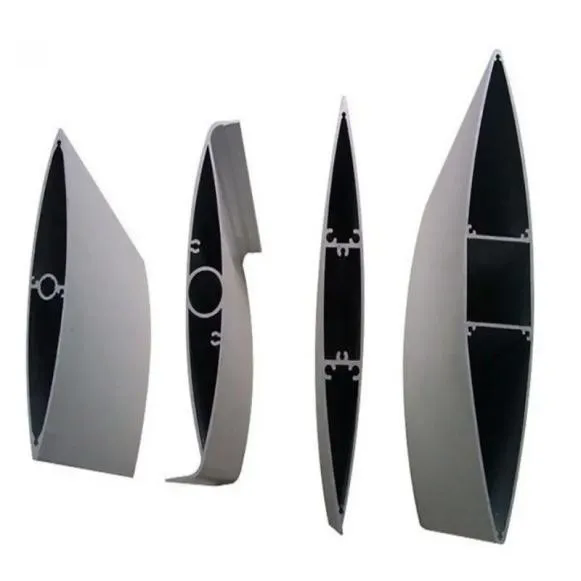Why Are Architectural Aluminum Profiles Revolutionizing Modern Design?
2024-11-26
In the world of architecture, materials play a critical role in shaping the functionality and aesthetics of buildings. Among the most versatile and innovative materials available today are architectural aluminum profiles. These lightweight, durable, and highly customizable components have become a cornerstone of modern construction and design. But what makes them so revolutionary? Let’s explore.
What Are Architectural Aluminum Profiles?
Architectural aluminum profiles are extruded aluminum shapes designed for use in building and construction projects. From window frames and curtain walls to decorative facades and structural components, these profiles are engineered to meet the specific demands of architectural applications. Their unique combination of strength, flexibility, and aesthetic appeal makes them ideal for a wide range of uses.
Why Are They Gaining Popularity in Architecture?
1. Lightweight and Durable
Aluminum is one of the lightest metals used in construction, making it easier to transport and install. Despite its lightweight nature, it offers exceptional strength and resistance to corrosion, ensuring long-term durability even in harsh environmental conditions.
2. Versatile Design Options
Architectural aluminum profiles can be customized into virtually any shape or size, allowing architects to create unique and innovative designs. Whether it’s sleek, minimalist window frames or intricate decorative facades, aluminum profiles provide endless possibilities for creativity.
3. Energy Efficiency
Aluminum profiles can be designed to include thermal breaks, which improve insulation and energy efficiency in buildings. This makes them a popular choice for projects aiming to meet green building standards or reduce energy consumption.
4. Sustainability
As a fully recyclable material, aluminum aligns with sustainable construction practices. Recycling aluminum requires only a fraction of the energy needed to produce new material, making it an eco-friendly choice for architects and builders.
What Applications Highlight Their Benefits?
Windows and Doors
Architectural aluminum profiles are commonly used to create slim, durable frames for windows and doors. Their ability to support large glass panels while maintaining structural integrity is a major advantage.
Curtain Walls
In modern high-rise buildings, curtain walls made from aluminum profiles provide a sleek and contemporary aesthetic while offering excellent weather resistance and thermal performance.
Decorative Facades
Aluminum profiles allow for intricate patterns and designs in building facades, adding a distinct visual element to structures. They also provide practical benefits like shading and ventilation.
Structural Components
Beyond aesthetics, aluminum profiles are used for structural elements such as beams, frames, and supports, offering both strength and style.
How Do They Compare to Other Materials?
When compared to materials like steel or wood, aluminum offers distinct advantages:
- Corrosion Resistance: Unlike steel, aluminum doesn’t rust, making it ideal for exterior applications.
- Low Maintenance: Aluminum requires minimal upkeep, unlike wood, which may need regular painting or sealing.
- Design Flexibility: Its malleability allows for more intricate designs compared to other materials.
What Should You Consider When Choosing Architectural Aluminum Profiles?
When selecting aluminum profiles for your project, consider the following:
- Purpose: Are the profiles for structural support, aesthetics, or both?
- Finish: Aluminum profiles can be anodized, powder-coated, or painted to achieve the desired look and protection.
- Thermal Performance: For energy efficiency, opt for profiles with thermal breaks.
- Compliance: Ensure the profiles meet local building codes and standards.
How Are They Shaping the Future of Architecture?
Architectural aluminum profiles are paving the way for sustainable, energy-efficient, and innovative building designs. Their adaptability allows architects to push the boundaries of creativity while meeting modern demands for eco-conscious construction. As technology advances, aluminum profiles are expected to become even more integral to architectural innovation.



